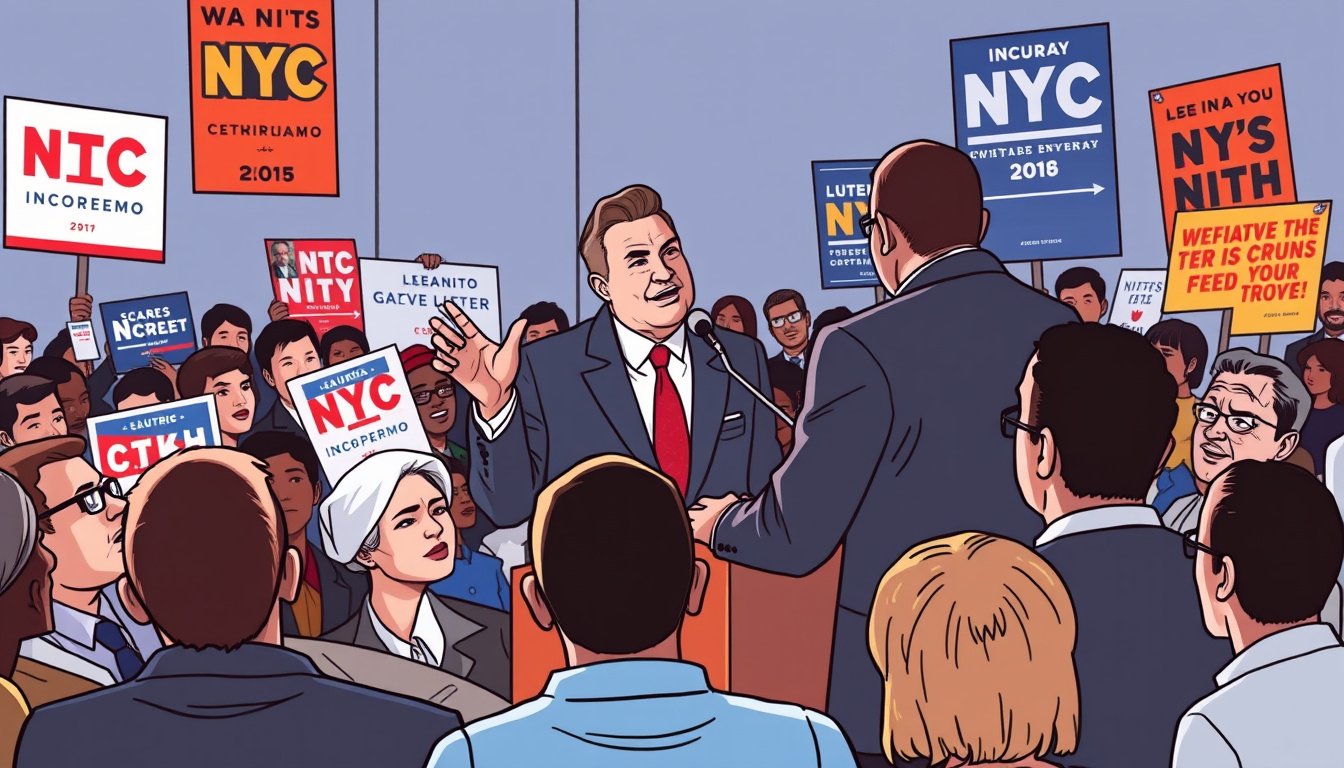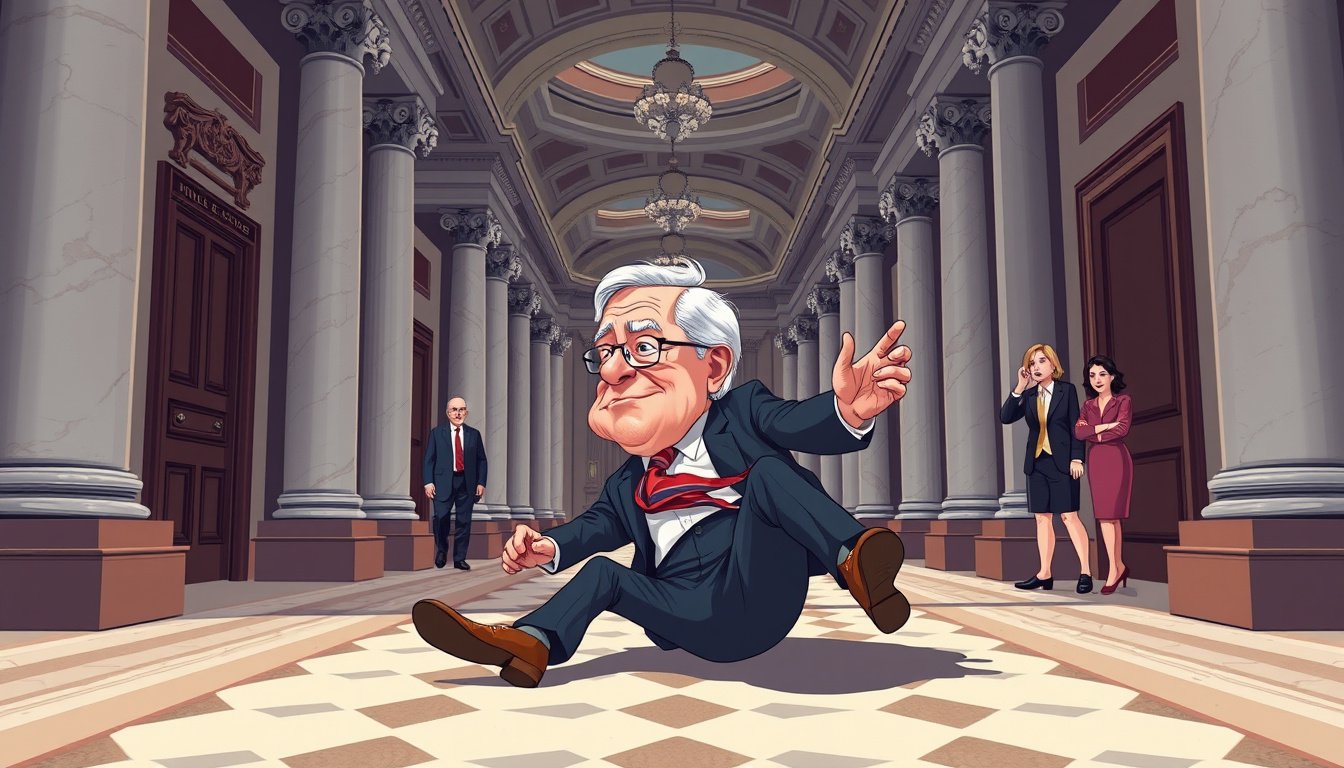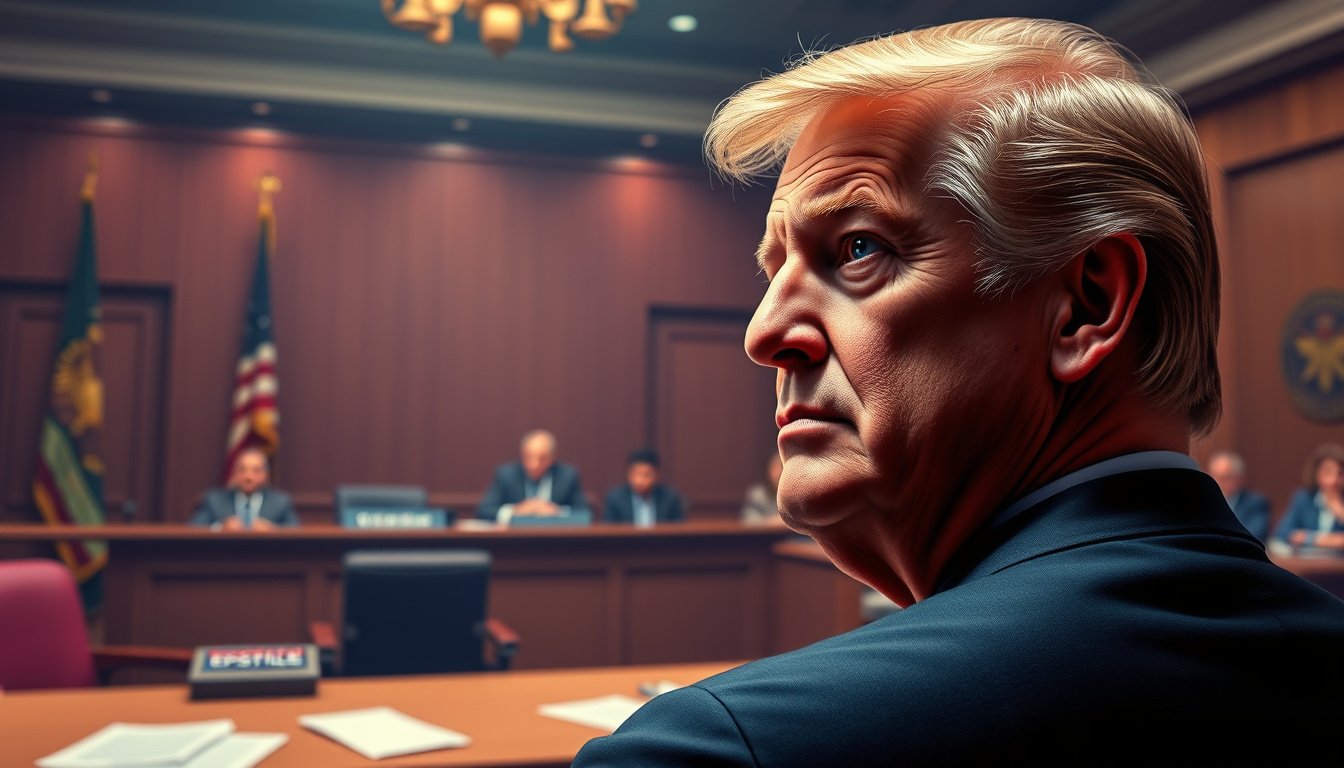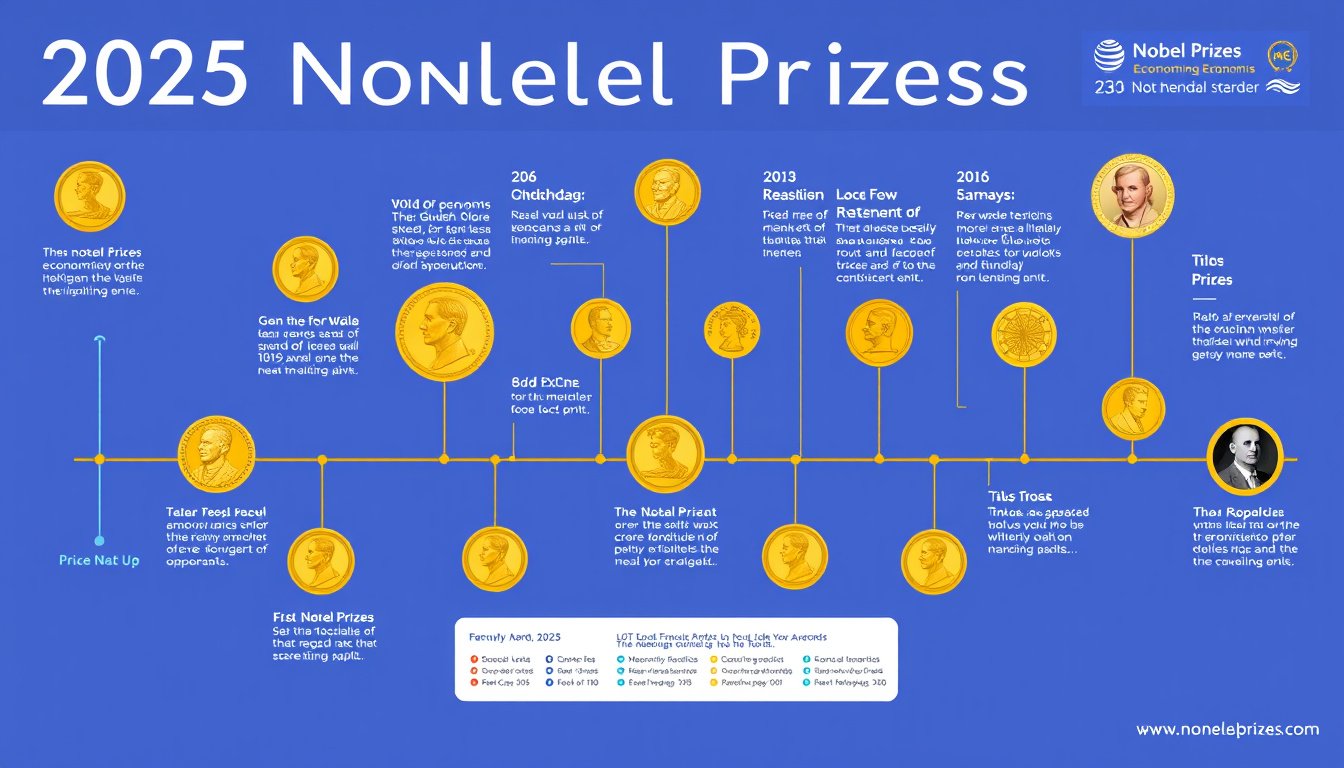When one thinks of the iconic character James Bond, the image of Sean Connery invariably springs to mind. His portrayal of 007 is often celebrated as the definitive interpretation of Ian Fleming’s famous British secret agent. However, not every moment in his Bond career was marked by triumph and acclaim. One film, in particular, stands out as a source of frustration and loathing for Connery: Never Say Never Again.
A Chaotic Comeback
Released in 1983, Never Say Never Again was a supposed return to the Bond franchise for Connery, who had stepped away from the role twelve years prior. Despite the excitement surrounding his comeback, the production proved to be anything but smooth. Connery himself later described the filmmaking process as characterized by "incompetence, ineptitude, and dissension." These sentiments reveal a stark contrast to what fans and critics may have anticipated from a star-studded Bond film directed by Irvin Kershner, best known for The Empire Strikes Back.
The Circumstances Behind the Film
The roots of Connery’s dissatisfaction can be traced back to the intriguing legal battle that birthed Never Say Never Again. The film was not a product of Eon Productions—the company that had produced the majority of Bond films—but rather an independent remake of Thunderball. This situation arose from a long-standing dispute involving Ian Fleming and Irish screenwriter Kevin McClory. Back in the 1950s, McClory had collaborated with Fleming, but after being left uncredited for the novel Thunderball, he fought to secure the film rights, ultimately convincing Connery to return to the role with promises of greater creative input.
Production Struggles
What should have been a compelling reintroduction of Connery to the Bond legacy quickly spiraled into a chaotic production. Connery found himself unintentionally thrust into a position of oversight, taking on responsibilities far beyond acting. He noted that his involvement grew to the point where, alongside the assistant director, he effectively co-produced the film. Reports from the set indicated that tensions were high, communication issues abounded, and production delays ran rampant.
This disarray was further complicated by the legal skirmishes waged by Eon Productions, which sought to halt the film’s development on the grounds that it could tarnish the official Bond franchise led by Roger Moore’s Octopussy, released in the same year. Dubbed "The Battle of the Bonds," the situation left many in the industry and audiences puzzled about the dual portrayal of 007 on screen.
Critical and Commercial Reception
Upon its release, Never Say Never Again did garner a mix of box office success and audience approval, performed decently but fell short of Octopussy, which resonated better with audiences and retained strong ties to the official Bond storyline. Although it featured a prominent cast that included Kim Basinger and Klaus Maria Brandauer, the behind-the-scenes chaos marred the film’s legacy in Connery’s eyes.
In reflections shared with film critic Barry Norman, Connery lamented the Hollywood atmosphere surrounding the production, labeling it a "Hollywood mess" that he couldn’t abide. Despite enjoying the opportunity to portray Bond again, the negative experience led Connery to firmly close the chapter on the character, marking Never Say Never Again as the final film in which he donned the iconic tuxedo.
Conclusion
Sean Connery’s experience with Never Say Never Again serves as a reminder that even in the glitzy world of film, things do not always go as planned. The film’s troubled production and the fallout left Connery with a bitter taste regarding his return to 007. While Never Say Never Again may stand as an intriguing piece of Bond history, for Connery, it was a cautionary tale of the trials that can accompany great expectations. Ultimately, the film’s legacy remains extensive, echoing the complexities of the Bond franchise and the enigmatic nature of its most famous star.










